Betta fish, also known as Siamese fighting fish, are a popular species of freshwater fish known for their vibrant colors and unique fins. They are hardy fish and can adapt to a variety of water conditions, making them a popular choice for beginners and experienced fish keepers alike. However, even Bettas can be affected by a variety of diseases, which can be a major concern for fish owners. In this article, we will discuss the most common diseases that can affect Bettas and how to treat them.
The importance of proper care and maintenance cannot be overstated when it comes to the health of Betta fish. Proper water quality, temperature, pH, and nutrition are all crucial factors in preventing the onset of disease. Bettas should also be housed in a tank that is appropriate for their size and should not be housed with other aggressive fish that may stress them out. By following these guidelines, fish owners can greatly reduce the risk of their Bettas becoming ill.
Table of Contents
Betta Fish Diseases: Fin Rot
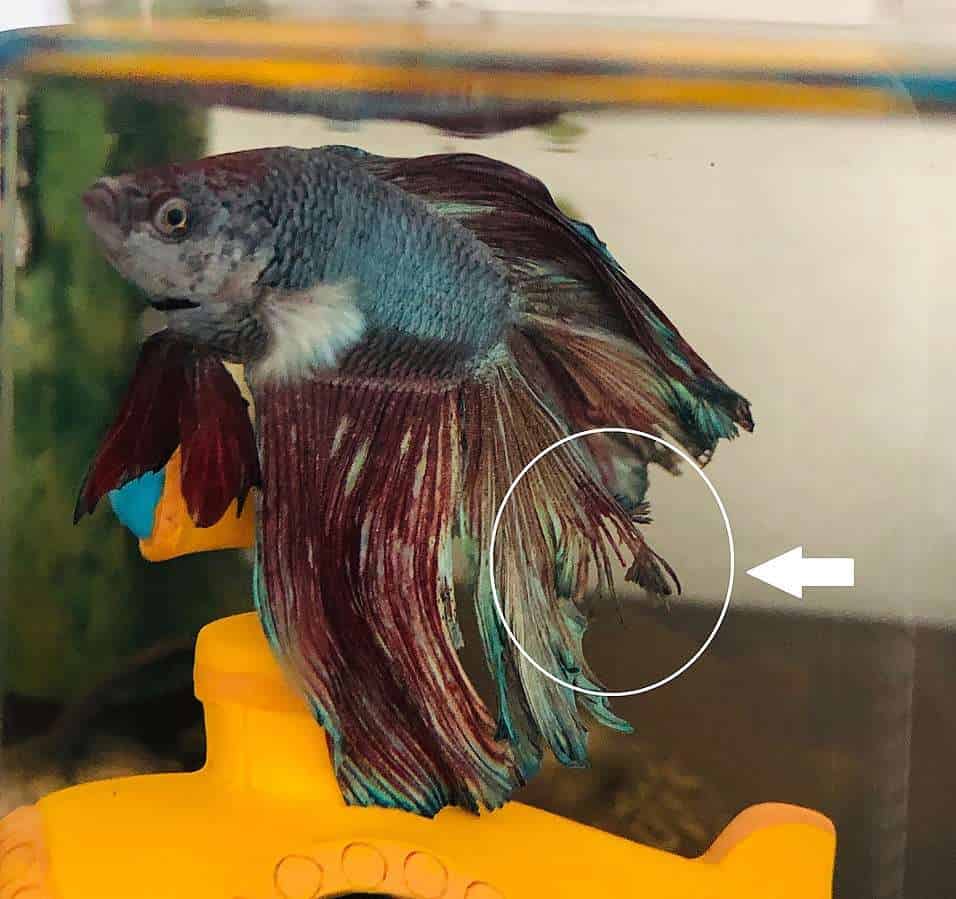
Fin rot is a bacterial infection that causes the fins and tail of the fish to become frayed or discolored. This disease is often caused by poor water quality, injury, or bacterial infection. The symptoms of fin rot include frayed or ragged fins, discoloration, and in severe cases, holes in the fins.
To treat fin rot, it’s important to first improve the water quality by performing a water change and ensuring that the tank is properly filtered and aerated. Antibiotics such as Maracyn, Maracyn II, and Kanaplex can be used to treat bacterial infections. It’s important to follow the instructions on the packaging and to continue treatment for the full recommended course to ensure that the infection is completely eliminated.
Preventing fin rot is primarily about maintaining good water quality, avoiding overcrowding, and ensuring adequate filtration and aeration. Bettas should also be provided with a healthy diet and kept in a tank that is appropriate for their size.
Betta Fish Diseases: Ich
Ich is a parasitic infection that causes small white spots to appear on the fish’s body. It is highly contagious and can be treated with a variety of medications. Copper sulfate and formalin are two commonly used medications to treat Ich. Copper sulfate can be added to the tank at a concentration of 0.15-0.20 ppm, while formalin can be used at a concentration of 2-3 drops per gallon of water.
It’s important to note that copper-based medications can be harmful to some fish, so it’s essential to research the compatibility of the medication with your fish species before use. Ich can be prevented by maintaining good water quality, avoiding overcrowding, and ensuring adequate filtration and aeration. Bettas should also be provided with a healthy diet and kept in a tank that is appropriate for their size.
Betta Fish Diseases: Columnaris
Columnaris is a bacterial infection that affects the skin and fins of fish. It can cause ulcers and fin erosion and can be treated with antibiotics. Columnaris can be treated with antibiotics such as Oxytetracycline, Kanamycin and Furan-2.
It’s important to note that columnaris can be caused by poor water conditions, so it’s essential to improve the water quality before treating the fish. To prevent columnaris, fish owners should maintain good water quality, avoid overcrowding, and ensure adequate filtration and aeration. Bettas should also be provided with a healthy diet and kept in a tank that is appropriate for their size.
Betta Fish Diseases: Swim Bladder Disease
Swim Bladder Disease is a condition that affects the fish’s ability to control its buoyancy. It is often caused by poor nutrition, such as overfeeding or feeding the wrong type of food. Symptoms of Swim Bladder Disease include difficulty swimming, floating upside down or on its side, and a distended belly.
The treatment for Swim Bladder Disease is a change in diet. Feeding the fish a varied diet that includes live or frozen foods can help to alleviate the symptoms of Swim Bladder Disease. Feeding the fish small, frequent meals can also help to alleviate the symptoms. Fish owners should also avoid overfeeding and ensure that the fish is getting the right type of food for its nutritional needs.
Preventing Swim Bladder Disease is primarily about providing the fish with a healthy diet that is appropriate for its nutritional needs. Fish owners should also avoid overfeeding and ensure that the fish is getting the right type of food for its dietary needs. Bettas should also be provided with a healthy diet and kept in a tank that is appropriate for their size.
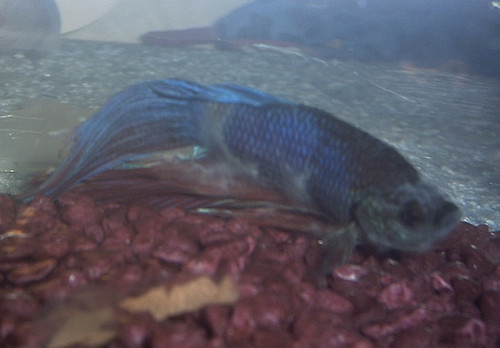
Betta Fish Diseases: Velvet
Velvet is a parasitic infection that causes a golden-brown dust-like coating on the fish’s body. It can be treated with copper sulfate or formalin. Copper sulfate can be added to the tank at a concentration of 0.15-0.20 ppm, while formalin can be used at a concentration of 2-3 drops per gallon of water.
It’s important to note that copper-based medications can be harmful to some fish, so it’s essential to research the compatibility of the medication with your fish species before use. To prevent velvet, fish owners should maintain good water quality, avoid overcrowding, and ensure adequate filtration and aeration. Bettas should also be provided with a healthy diet and kept in a tank that is appropriate for their size.
Popeye
Popeye is a condition that causes the fish’s eyes to bulge out. It can be caused by poor water quality or an injury and can be treated with antibiotics. Antibiotics such as oxytetracycline, kanamycin, and Furan-2 can be used to treat Popeye.
Preventing Popeye is primarily about maintaining good water quality, avoiding overcrowding, and ensuring adequate filtration and aeration. Bettas should also be provided with a healthy diet and kept in a tank that is appropriate for their size.
Dropsy
Dropsy is a condition characterized by the fish’s scales standing out, and the belly appearing swollen. This condition is caused by an internal bacterial infection and can be treated with antibiotics. Antibiotics such as Oxytetracycline, Kanamycin and Furan-2 can be used to treat Dropsy.
It’s essential to improve water quality and maintain good water parameters to prevent the recurrence of the condition. To prevent Dropsy, fish owners should maintain good water quality, avoid overcrowding, and ensure adequate filtration and aeration. Bettas should also be provided with a healthy diet and kept in a tank that is appropriate for their size.
Conclusion
Bettas are susceptible to various diseases, including Fin rot, Ich, Columnaris, Swim Bladder Disease, Velvet, Popeye, and Dropsy. These diseases can be treated with antibiotics, medications, and a change in diet and water conditions. To prevent these diseases, it’s important to maintain good water quality, provide a well-balanced diet, and ensure the betta is kept in appropriate conditions. If you suspect your Betta is sick, it’s best to seek the advice of a veterinarian specializing in fish.
FAQs
What are the most common diseases that can affect Betta fish?
The most common diseases that can affect Betta fish include fin rot, Ich, Columnaris, Swim Bladder Disease, Velvet, Popeye, and Dropsy.
What are the symptoms of fin rot in Betta fish?
The symptoms of fin rot in Betta fish include frayed or ragged fins, discoloration, and in severe cases, holes in the fins.
What is Ich and how is it treated?
Ich is a parasitic infection that causes small white spots to appear on the fish’s body. It is treated with medications such as copper sulfate or formalin.
What is Columnaris and how is it treated?
Columnaris is a bacterial infection that affects the skin and fins of fish. It is treated with antibiotics such as Oxytetracycline, Kanamycin and Furan-2.
What is Swim Bladder Disease and how is it treated?
Swim Bladder Disease is a condition that affects the fish’s ability to control its buoyancy. It is treated with a change in diet, specifically by providing a varied diet that includes live or frozen foods.
What is Velvet and how is it treated?
Velvet is a parasitic infection that causes a golden-brown dust-like coating on the fish’s body. It is treated with medications such as copper sulfate or formalin.
What is Popeye and how is it treated?
Popeye is a condition that causes the fish’s eyes to bulge out. It is treated with antibiotics such as oxytetracycline, kanamycin, and Furan-2.
What is Dropsy and how is it treated?
Dropsy is a condition characterized by the fish’s scales standing out, and the belly appearing swollen. It is treated with antibiotics such as Oxytetracycline, Kanamycin and Furan-2.
How can I prevent fin rot in my Betta fish?
To prevent fin rot, it’s important to maintain good water quality, avoid overcrowding, and ensure adequate filtration and aeration. Bettas should also be provided with a healthy diet and kept in a tank that is appropriate for their size.
Can Ich be prevented?
Yes, Ich can be prevented by maintaining good water quality, avoiding overcrowding, and ensuring adequate filtration and aeration. Bettas should also be provided with a healthy diet and kept in a tank that is appropriate for their size.
Can Columnaris be prevented?
Yes, Columnaris can be prevented by maintaining good water quality, avoiding overcrowding, and ensuring adequate filtration and aeration. Bettas should also be provided with a healthy diet and kept in a tank that is appropriate for their size.
How can I prevent Swim Bladder Disease in my Betta fish?
To prevent Swim Bladder Disease, it’s important to provide the fish with a healthy diet that is appropriate for its nutritional needs. Fish owners should also avoid overfeeding and ensure that the fish is getting the right type of food for its nutritional needs. Bettas should also be kept in a tank that is appropriate for their size.
Can Velvet be prevented?
Yes, Velvet can be prevented by maintaining good water quality, avoiding overcrowding, and ensuring adequate filtration and aeration. Bettas should also be provided with a healthy diet and kept in a tank that is appropriate for their size.
Can Popeye be prevented?
Yes, Popeye can be prevented by maintaining good water quality, avoiding overcrowding, and ensuring adequate filtration and aeration. Bettas should also be provided with a healthy diet and kept in a tank that is appropriate for their size.
How can I prevent Dropsy in my Betta fish?
To prevent Dropsy, it’s important to maintain good water quality, avoid overcrowding, and ensure adequate filtration and aeration. Bettas should also be provided with a healthy diet and kept in a tank that is appropriate for their size.
You many also be interested in other articles, please checkout Everything You Need to Know About Betta Fish Types and How to Choose the Right One for You or Tetra Fish: Everything You Need to Know About Keeping it
References
- International Betta Congress (IBC) – https://www.ibcbettas.org/
- Betta SPLASH – http://www.bettasplash.com/
- American Betta Breeders Association (ABBA) – https://www.americanbettabreeders.com/
- Betta World – https://www.bettaworld.com/
Thank you.
I am a passionate aquarist with over 30 years of hands-on experience in fishkeeping. My journey began at a young age, collecting fish from the wild and learning through experimentation. Specializing in tropical fish, I bring a deep understanding of the hobby to FishKeepingMadeSimple. The site provides honest, detailed reviews of essential products and accessories to help fellow enthusiasts create the best environments for their fish.

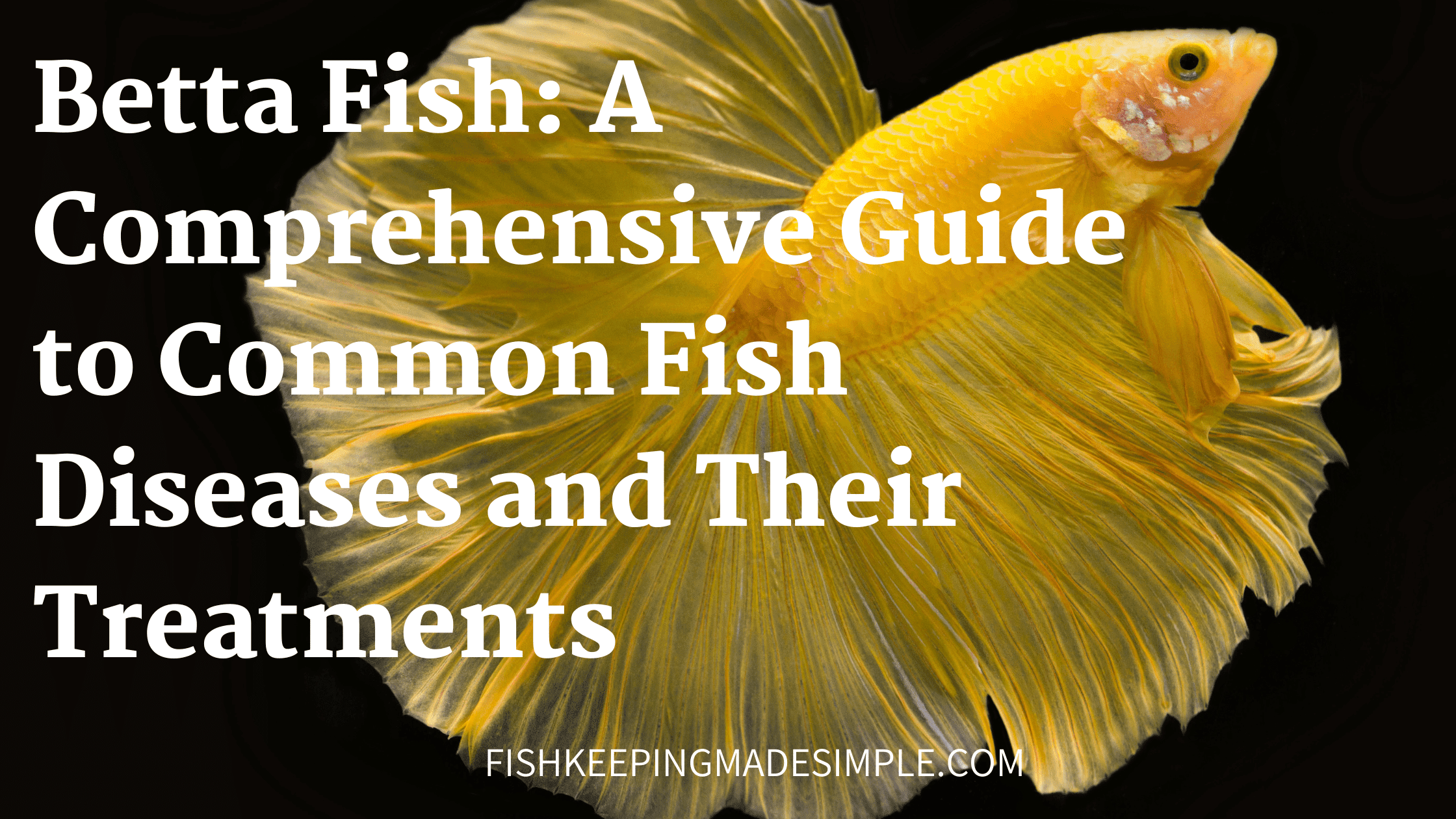
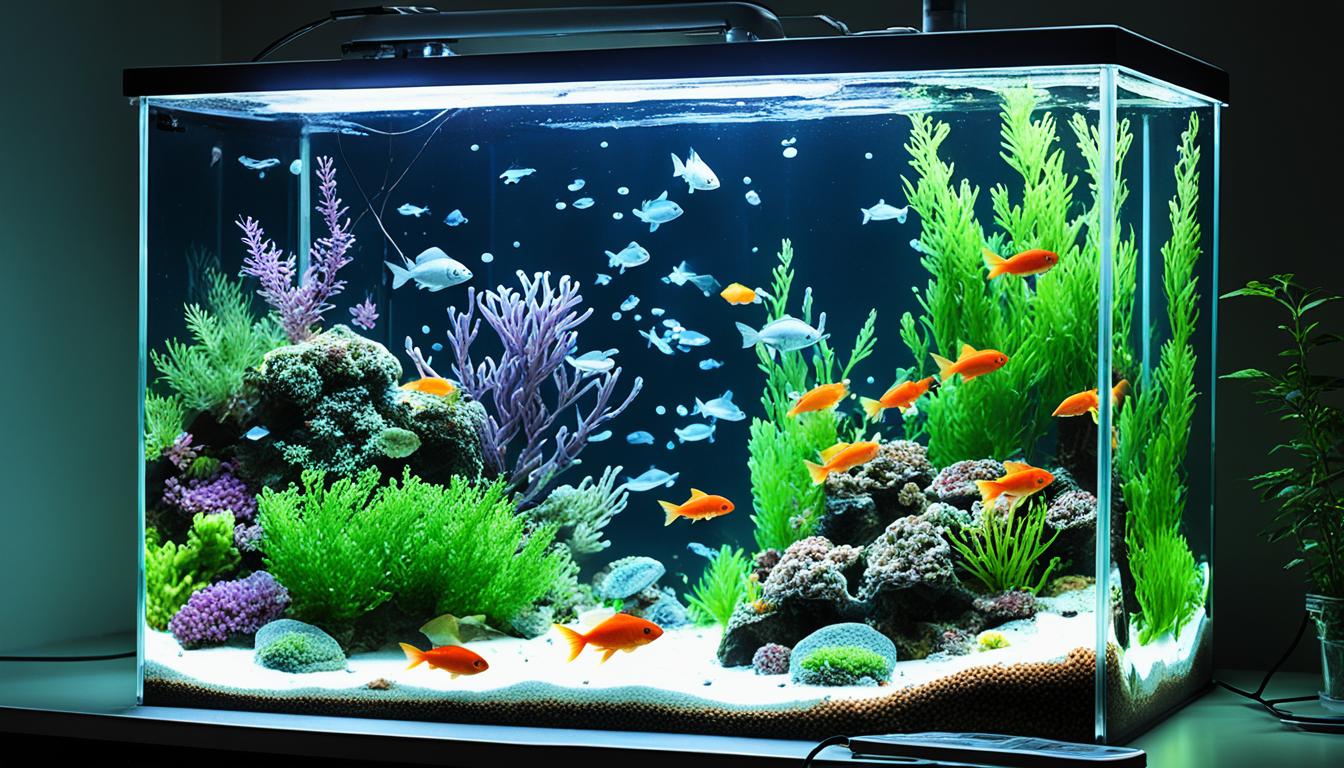
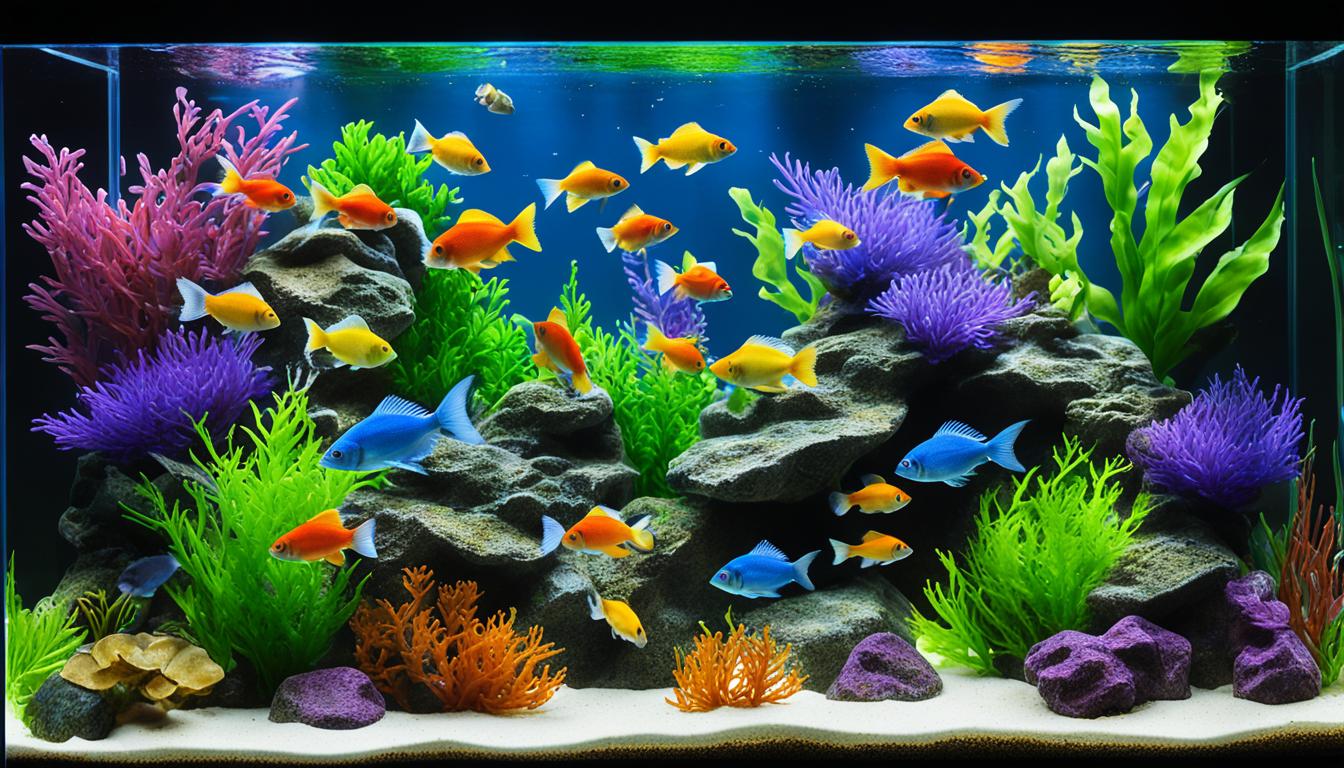


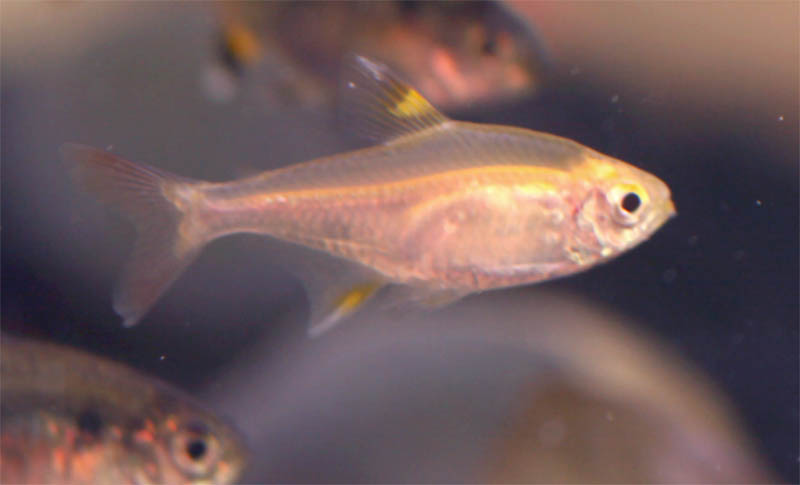
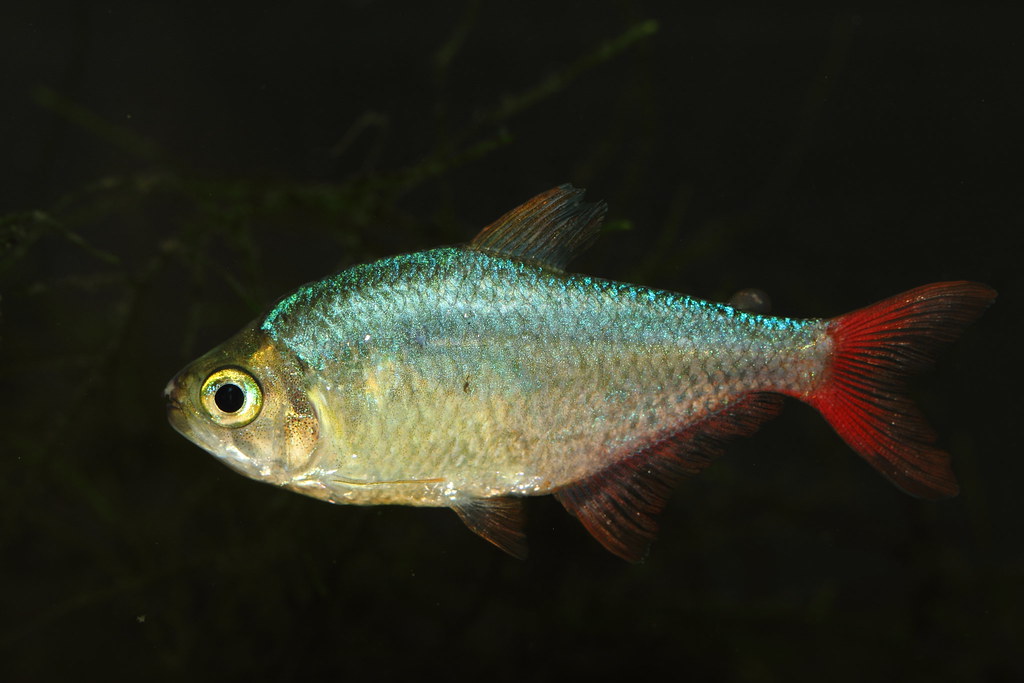
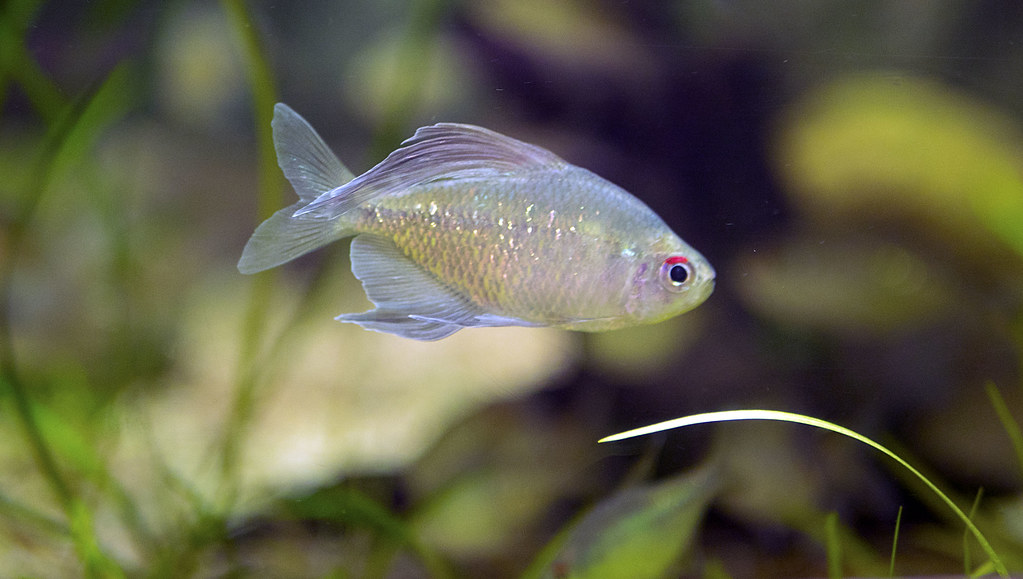
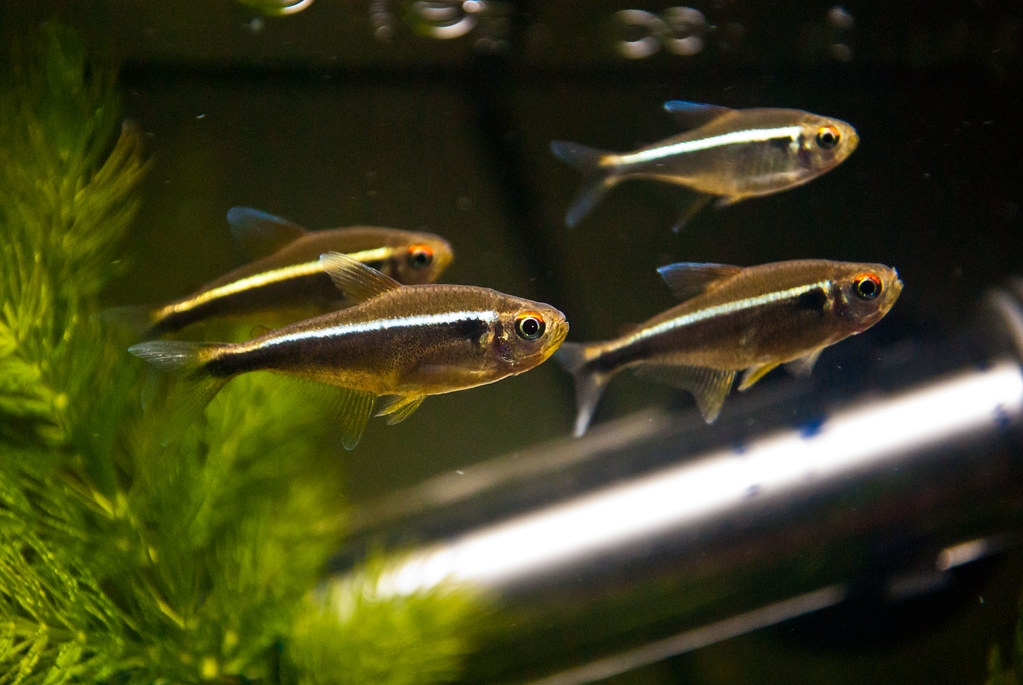
I don’t think the title of your article matches the content lol. Just kidding, mainly because I had some doubts after reading the article.